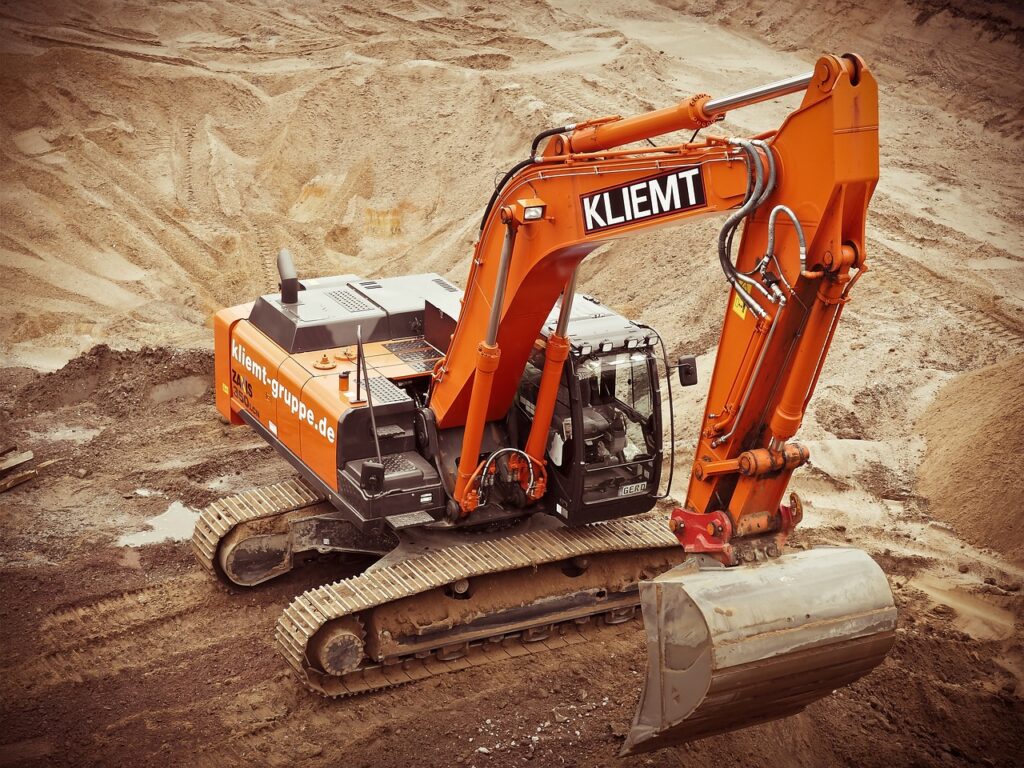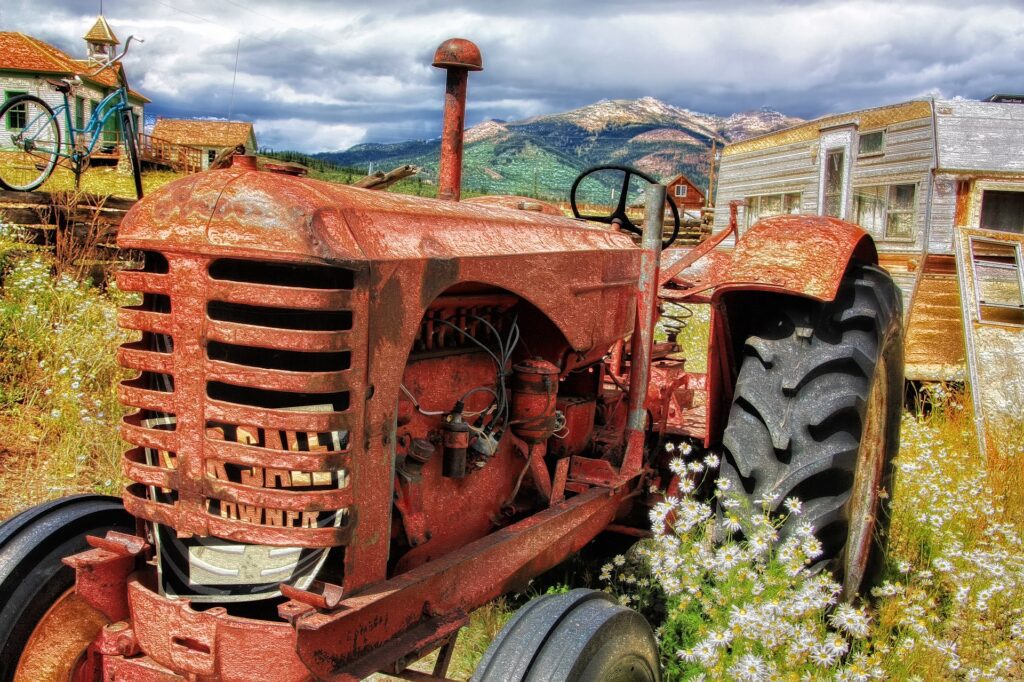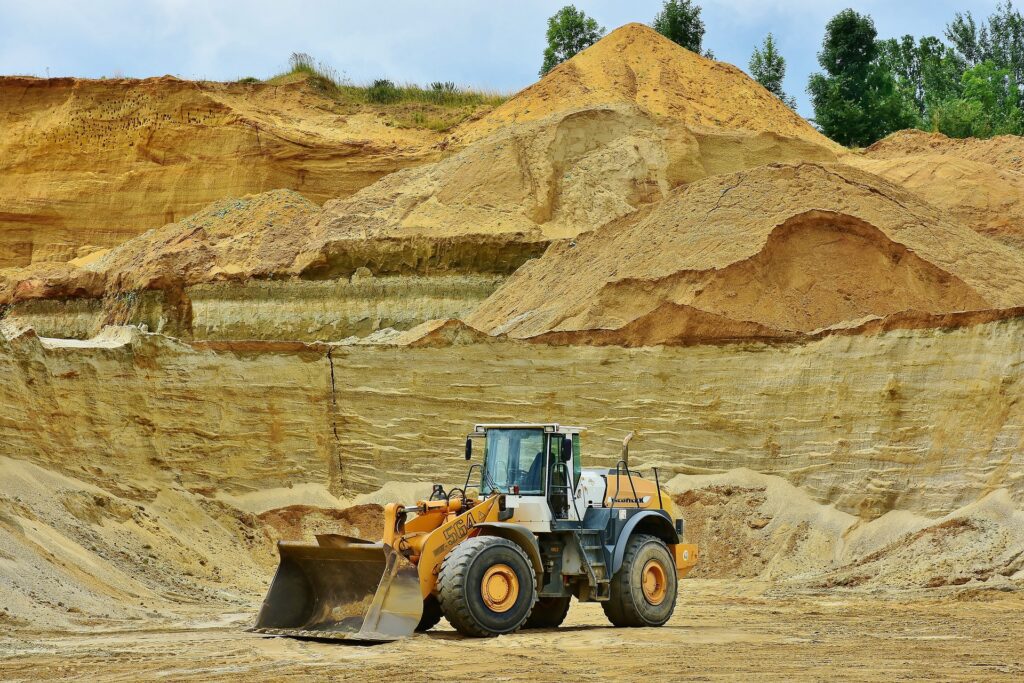
Heavy Equipment Transport Mountain Time US
SPECIALIZING IN HEAVY EQUIPMENT TRANSPORT & MACHINERY SHIPPING
Heavy Equipment Transport Mountain Time US
Mountain Time States Served in the US and Oversize Load permit requirements per State:

Navigating the Mountains: The Intricacies of Heavy Equipment Transport Mountain Time US
In the vast expanse of the Heavy Equipment Transport Mountain Time US, where the landscape ranges. From the high plains to towering peaks. The task of moving heavy equipment isn’t just a logistical challenge; it’s an art form. Here’s an exploration into how companies like Logi Transports manage this daunting task, ensuring safety, efficiency, and compliance with the myriad regulations that govern such operations.
The Challenges of Terrain
The Mountain Time Zone encompasses some of the most diverse terrains in the U.S., from the Rockies’ steep inclines to the wide, open spaces of Wyoming. Each region presents unique challenges:
Road Regulations: Each state has its own set of rules regarding load dimensions, weight limits, and escort requirements for oversized loads, which Logi Transports must navigate meticulously.
Elevation Changes: The drastic elevation changes require vehicles with powerful engines. Sometimes specialized gear to handle the steep grades without overheating or losing power.
Weather Conditions: From blizzards in winter to sudden thunderstorms in summer, weather can be unpredictable, affecting road conditions and travel times.
Logistics and Planning
The backbone of any heavy equipment transport operation is meticulous planning:
- Route Planning: This involves selecting routes that not only comply with legal load limits. Also consider bridge capacities, tunnel clearances, and road widths.
- Permits: Obtaining the necessary permits for oversized loads can be a bureaucratic maze. Requiring detailed information on the equipment’s dimensions and weight, travel routes, and sometimes even specific times of travel.
- Equipment Preparation: Before transport, equipment might need to be disassembled or specially secured. Logi Transports ensures that every piece is properly tied down, using the right materials to prevent movement during transit.
Technology and Equipment
Modern heavy transport isn’t just about brute force:
Safety Features: Advanced braking systems, stability control, and sometimes even aerodynamic designs to handle wind resistance are standard for these transports.
GPS and Tracking: Real-time tracking systems allow for constant monitoring of the convoy. Adjusting routes based on real-time traffic or weather conditions.
Specialized Vehicles: From flatbed trailers designed for heavy machinery to modular trailers that can be configured for various loads, the choice of vehicle is crucial.


Environmental and Community Considerations
Moving heavy equipment through populated or environmentally sensitive areas requires:
- Noise and Pollution Control: Using the most efficient routes to minimize disturbance and employing vehicles that meet or exceed environmental standards.
- Community Engagement: Sometimes, local communities need to be informed or involved. Especially if road closures or special traffic arrangements are necessary.
The Human Element
Behind every transport operation are the drivers and logistics teams:
- Driver Training: Piloting these massive loads requires specialized training, not just in driving but in understanding how different equipment behaves on the road.
- Team Coordination: A successful transport often involves a team effort, with drivers, route planners, and sometimes even law enforcement working in tandem.
Conclusion
Logi Transports’ operations in the Mountain Time Zone exemplify the blend of technology, logistics, and human expertise required to move heavy equipment across some of America’s most challenging landscapes. This isn’t just about moving from point A to B; it’s about doing so with precision, respect for the environment, and an unwavering commitment to safety. For those involved, it’s not just a job; it’s a testament to what’s possible when logistics meet the mountains.

